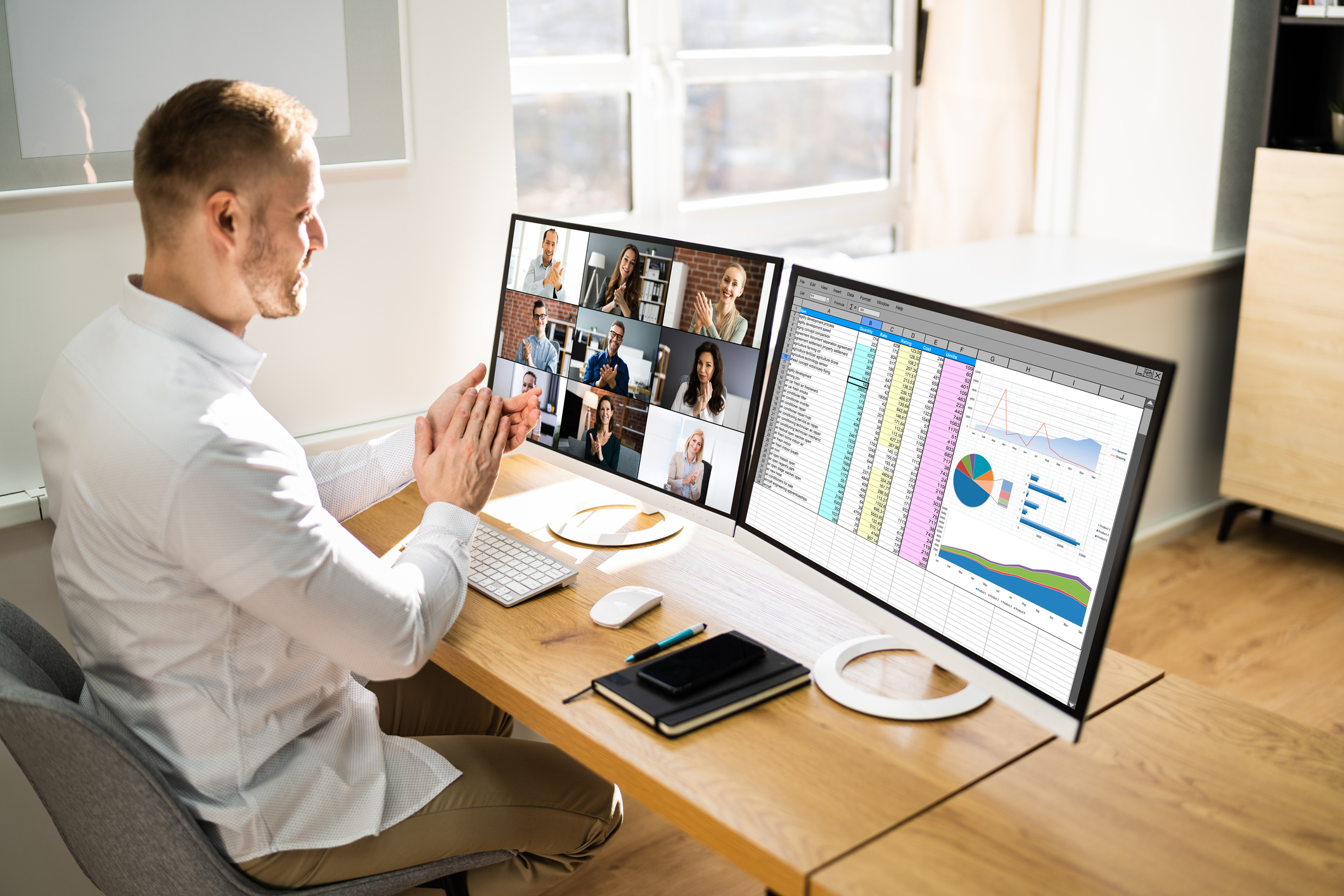Going Hybrid – Adapting to the Workplace of the Future
The modern workplace is constantly evolving, adapting to dynamic business environments, employer and employee needs, and external environmental factors. With the emergence of the post-COVID workplace, we’re seeing an acceleration towards a more adaptable, efficient way of getting things done – the hybrid workspace, where office work and working from home come together.
The Office is Still Essential, But It’s Changing
According to a Zoom survey, 65% of people currently working remotely prefer a hybrid office model that allows flexibility in terms of working from home and the office. 72% expect working from home to play some part in the post-COVID workplace, but interestingly only 20% said they want to work from home full-time and only 10% said they want to go back to working in the office full-time. Clearly, the office is here to stay, but in what form? The solution is somewhere in the middle.
The Hybrid Office
Hub-and-spoke office design has been around for a long time. In this concept, office work is spread out between a central location (the hub) and satellite locations (the spokes). This seems to be the shape that is emerging for offices of the future, where a central workspace exists for collaboration, essential office-based tasks, client meetings, and face time, matched by satellite spaces that can be private office space, work from home space, or space dedicated to a location-specific business process.
This creates a flexible solution where employees have more control over where they work, the hours they work, and how they collaborate. It allows people who can work from home to have that flexibility while supporting those that either has to or want to work from an office space. It’s convenient for employees, allows them to move around the country or city while staying at the same business, and is safer in terms of avoiding high crime areas and allowing social distancing.
It also has considerable benefits for businesses, allowing them to reduce office floorspace, move out of expensive central business districts, and physically restructure to support different areas of operation. Of course, this all has to be achieved through a thoughtful approach to design, IT infrastructure, employee needs, and business goals, but it is creating an exciting new workplace environment at the same time, filled with opportunities for businesses and their teams.
Industry Innovators are Leading the Way
As is often the case, innovative industry leaders in the tech sphere are leading the way in making the hybrid office a reality. Moving away from the giant tech campuses of the last decade, Amazon, Google and Facebook are already investing billions in hybrid workplace solutions based on custom hub-and-spoke models, with Amazon alone investing US$1.4 billion to expand offices through 6 cities in the USA. Apple is another tech company breaking ground on a new hub based in Dallas, while accounting firms Deloitte and KPMG are also exploring their options for a hybrid design.9
Planning is key when rethinking your office design concept and creating a custom, flexible workplace that brings the best of office-based collaboration and remote working together. Having the right IT partner to manage challenges including data security, software, cloud, and hardware solutions is key. Chat to the team at Otto to see how we can make the hybrid office a reality for your business.



